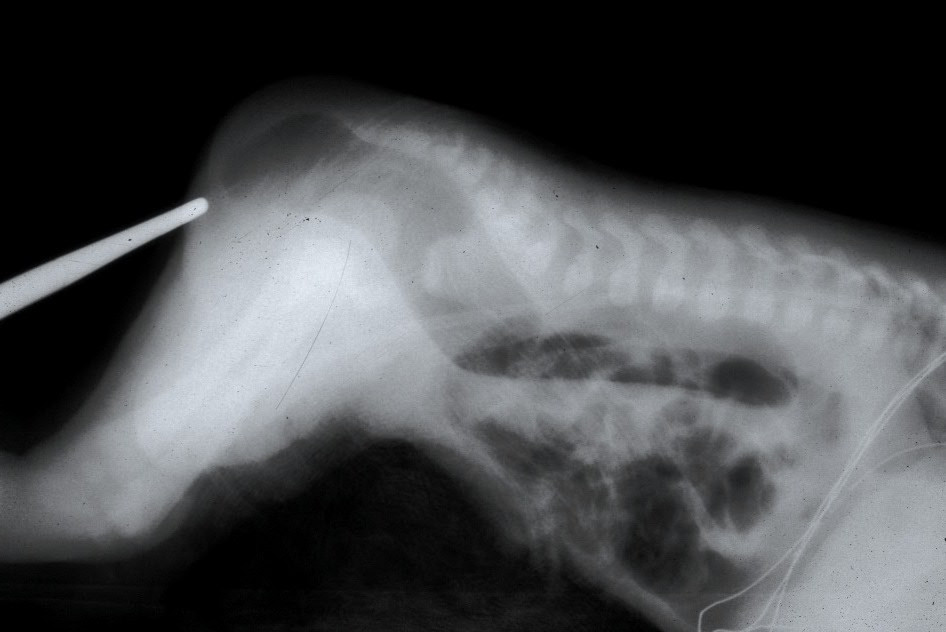Cranio-Osteoarthropathy

Cranio-osteoarthropathy (COA) is a form of primary hypertrophic osteoarthropathy (see this term) characterized by delayed closure of the cranial sutures and fontanels, digital clubbing, arthropathy, and periostosis.
Epidemiology
Prevalence is unknown. To date, about 30 cases have been reported.
Clinical description
COA presents in childhood with features of primary hypertrophic osteoarthropathy including digital clubbing and clinodactyly of the fingers, eczematous skin eruption, arthropathy and periosteal new bone formation as well as poor neurocranium ossification with delayed closure of the cranial sutures and fontanels, resulting in wide fontanels, and an increased number of wormian bones. COA may also be associated with congenital heart disease.
Etiology
It is caused by mutations in the HPGD gene (4q33-q34) and is inherited as an autosomal recessive trait; however, heterozygous carriers can have a mild phenotype.